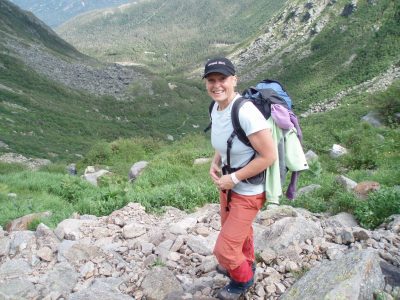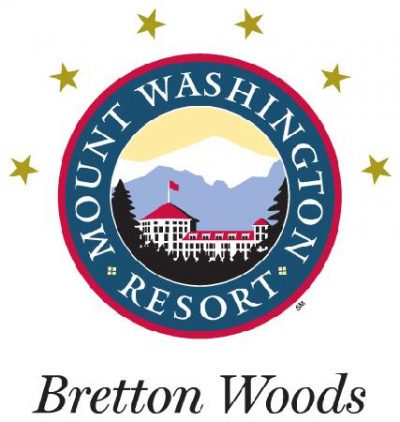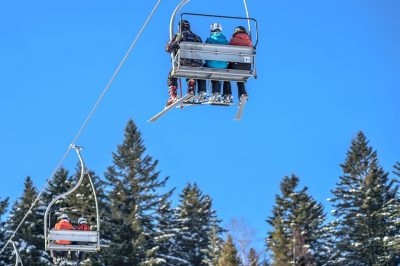 Rescue crews from four local communities responded to help a woman injured in a snowmobile rollover on Mt. Crescent. ~ Photo courtesy of New Hampshire Fish and Game
Rescue crews from four local communities responded to help a woman injured in a snowmobile rollover on Mt. Crescent. ~ Photo courtesy of New Hampshire Fish and Game
RANDOLPH, NH – A casual ride on the trails turned into a harrowing event when a Snowmobiler rolled his machine in Randolph. New Hampshire Fish and Game said that at around 2pm Saturday 50-year-old Eric Laroche and his passenger 56-year-old Suzanne Parker both of Gilmanton Iron Works, were descending a sanctioned but ungroomed scenic trail in the area of Mt. Crescent.
Trail conditions in the area were variable, and prior rains had left much of the trail rutted and uneven. While negotiating some of this uneven terrain, Eric Laroche’s snowmobile rolled over, injuring Suzanne Parker in the process.
Laroche acted quickly and was able to render first aid to her. He then went to seek assistance attempting to getting a phone call out in several spots but being unable to, forcing him to travel around 10 miles to a full time residence where they called for help.
Jefferson Fire Department, Randolph Fire Department, Whitefield Fire Department, and Lancaster Fire and Rescue responded along side New Hampshire Fish and Game Conservation Officers.
Due the location and extent of Parker’s injuries being relatively unknown, rescuers spent considerable time searching for the riders, eventually locating them at around 3:45 pm.
Parker was extracted from the scene by a tracked UTV (Utility Terrain Vehicle) provided by the Whitefield Fire Department. Suzanne was transported to a plowed logging road and subsequently taken by Lancaster Ambulance to Weeks Medical Center in Lancaster for further evaluation and treatment of non-life-threatening injuries.
Fish and Game Officials said that this rescue highlights the need for willing volunteers and agency cooperation when responding to rural and remote emergencies. They said “rescuers were predominantly volunteers, responding in the middle of the day on a Saturday from their respective communities. Even in an area with highly publicized trail systems, many Fire Departments cannot afford off road rescue vehicles and rely on mutual aid when calls necessitate such equipment. Some responders brought their personal snowmobiles and incorporated help from other members of the snowmobiling community to ensure a success completion to their mission”

 Snowmobile riders can ride in Vermont, New Hampshire, and Maine this weekend without having to register in all three states ~ Photo Courtesy of Craig Oesch
Snowmobile riders can ride in Vermont, New Hampshire, and Maine this weekend without having to register in all three states ~ Photo Courtesy of Craig Oesch Susan Beane has been named as the Interim Executive Director of The Denmark Arts Center.
Susan Beane has been named as the Interim Executive Director of The Denmark Arts Center. Snow sports legendary filmmaker Warren Miller dies at age 93 ~ Photo courtesy of The Seattle Times
Snow sports legendary filmmaker Warren Miller dies at age 93 ~ Photo courtesy of The Seattle Times







